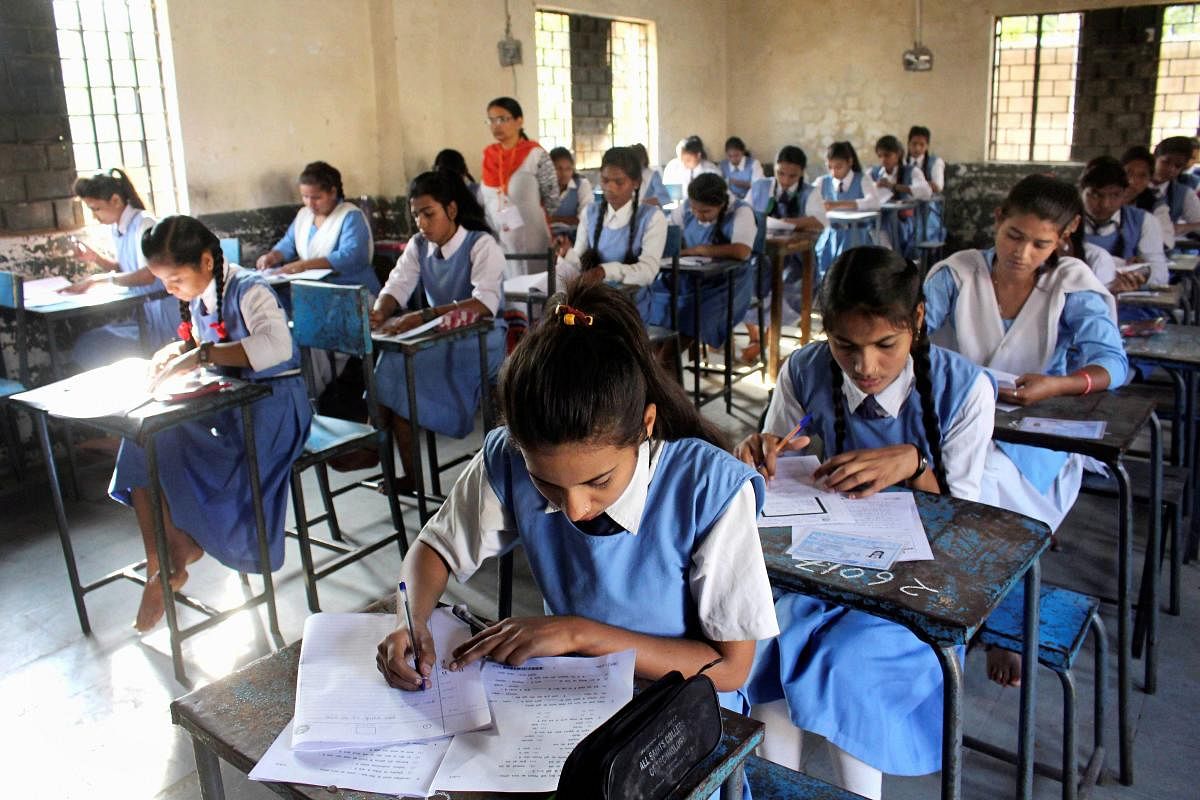In late March, the University Grants Commission (UGC) announced the introduction of a Common University Entrance Test (CUET) from Academic Year 2022-23, making it mandatory for undergraduate (UG) admission to 45 central universities in India. The National Testing Agency (NTA) will conduct CUET in 13 Indian languages. It will be a three-to-four-hour computer-based test in three parts, with Multiple-Choice Questions (MCQs) based on NCERT textbooks. The first part will test the student in one of the 13 languages of their choice. The second will test their domain-specific knowledge. Twenty-seven domains will be on offer, ranging from Accountancy and Business Studies through Science and Arts subjects to exotic ones like Entrepreneurship, Indian Knowledge Tradition & Practices, Visual and Performing Arts, among others. The third part will cover general knowledge, current affairs, mental/numerical ability and quantitative reasoning. On April 6, the National Testing Agency issued a public notice setting out the timeframe for CUET. More notices will undoubtedly follow.
There has been widespread criticism of the decision of the UGC on CUET. First and foremost, CUET is seen as a vote of no-confidence in the entire school system in India and its ability to examine students and grade them. It is feared that the school system will get further devalued and students thrown into the hands of the unregulated coaching industry. Twelve years of schooling, with all the soft skills that the child would have imbibed, would be negated in favour of gaming the system with the help of coaching academies of various sorts.
Second, creeping centralisation will occur in school education that has hitherto been the domain of the states. After making CUET mandatory for central universities, the UGC is already selling it to state universities on the plea that it will free students from the bother of appearing for multiple entrance tests. New Delhi’s biases notwithstanding, many states had, at least in the past, invested a lot of money and the time of scholars to come up with appropriate curricula and textbooks to go with it. The diverse approaches that many states have consciously taken so far will be set to naught in favour of a one-size-fits-all approach that has been repeatedly exposed as unworkable in India’s federal polity.
Centralisation is inherent and obvious in the CUET structure itself. How does the National Testing Agency hope to normalise scores across domains as diverse as Mathematics and Performing Arts? More fundamentally, how will it judge arts through MCQs? What about fancy domains such as Entrepreneurship? As students are not offered this as a subject at the school level, are they expected to merely rely on guides and gurus? What about value-loaded domains like knowledge traditions/practices? A nuanced response by some students may be rejected by the NTA. In that case, will there be a grievance-redressal mechanism and how will it work?
There is an issue of propriety as well. The National Education Policy (NEP) 2020 envisages a completely new regulatory framework to replace the UGC. Even a rudimentary sense of fairness suggests that it is improper for a soon-to-be-replaced regulator to come up with new policies and procedures having long-term implications that have not even been debated in the public space. The UGC is now at best a ‘caretaker’ regulator that must adopt a self-imposed ‘code of conduct’ and shun new initiatives while it is on its way out.
It is surprising that while the NEP was circulated as a draft and a process of consultation was gone through, the CUET, which is not even explicitly articulated in NEP 2020, is being rushed through and thrust upon the states.
CUET apart, the UGC has been coming out with numerous guidelines on higher education, such as the one on the Institutional Development Plan (IDP) for Higher Educational Institutions (HEIs) or the National Higher Education Qualifications Framework (NHEQF). These are documents produced through outsourced expertise and do not even appear to have been vetted internally by the UGC for consistency and practicality.
For instance, the IDP envisages that each HEI will be run by an independent Board of Governors (BoG) who will have a final say on all matters from admissions to fee structures to appointments and scales of pay. The issue of how the powers of the BoG will be reconciled with the obligations of private societies or trusts that run the bulk of our HEIs has not been thought through. Such hastily formulated guidelines are more than likely to be challenged and impede the implementation of NEP 2020 in the coming years.
Finally, there is the political economy argument that this enforced conformity to NCERT textbooks and NTA standards at even the UG level will only produce graduates who are status quoists and have not learnt to question the many ills that plague our society to this day. It is scary to think that our future teachers, politicians and civil servants will be drawn from this sanitised, monocultural strata.
Regulators and policymakers in the education sector in India do not obviously believe in the maxim “Plans are nothing, planning is everything” attributed to Dwight Eisenhower, a distinguished soldier and two-term President of the United States. The way the UGC is going about preparing the ground for implementing NEP 2020 in higher education makes one feel that they think that “Guidance is nothing, guidelines are everything.” In the coming battles over the implementation of NEP 2020, it is the ‘Old Established Practices’ (OEP) that may prevail. That will be such a wasted opportunity!
(The writer is president of Mysore Education Society (MES), Bengaluru)
